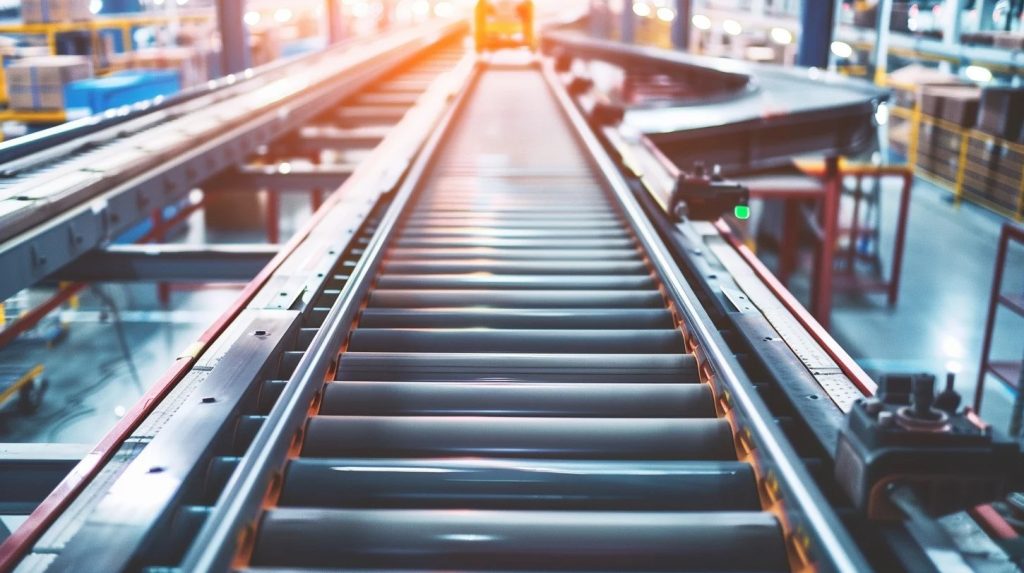The buzz around warehouse automation has been significant, and for good reason. The promise of increased efficiency, reduced errors, and solutions to labor challenges is compelling. However, data suggests a nuanced picture is emerging in the investment landscape.
While a long-term negative trend isn’t on the horizon, analysts saw a recent slowdown in warehouse automation order intake, with an estimated 3% decline in 2024. This isn’t a cause for panic, but rather a reflection of current macroeconomic realities.
Several factors have contributed to this short-term deceleration:
- High Interest Rates: These are understandably deterring the large capital expenditures often associated with significant automation projects.
- Warehouse Oversupply: The rapid build-up of warehouse space during the pandemic has temporarily softened the immediate need for extensive automation in some areas.
- Global Economic Uncertainty: Political shifts, the Chinese real estate situation, and other economic headwinds are lengthening decision-making processes and sales cycles.
- Increased Competition: The rise of Chinese vendors in the automation space is expected to introduce price pressures and potentially slow overall revenue growth for some players.
Looking Ahead: A Phased Recovery
The good news is that this slowdown appears to be a temporary adjustment. The market is poised for a gradual recovery in 2025, with expectations of low single-digit growth in order intake and project revenue.
The real momentum, however, is anticipated to build from 2026 through 2030, with projections of high single to double-digit growth. This resurgence will be fueled by several key drivers:
- Stabilizing E-commerce Demand: As e-commerce continues its evolution and e-tailer networks expand, the need for efficient fulfillment will intensify.
- The Persistent Need for Efficiency and Productivity: Labor shortages and rising wages aren’t going away, making automation an increasingly attractive solution.
- Technological Advancements: The ongoing evolution of AI, robotics, and IoT is making automation solutions more accessible, effective, and adaptable.
- Decreasing Costs: The cost of critical automation components is expected to decline, further improving the ROI proposition.
The Big Picture: Robust Long-Term Growth
The long-term outlook for warehouse automation remains overwhelmingly positive. Projections indicate a strong annual growth rate (CAGR) ranging from 8% to over 16% in the coming years. The global market, valued at USD 26.5 billion in 2024, is expected to reach impressive figures, potentially exceeding USD 60 billion by the early 2030s.
This sustained growth will be driven by fundamental shifts in the industry:
- Ever-Increasing E-commerce Demands: The convenience and reach of online shopping continue to drive the need for efficient warehousing.
- Labor Optimization Imperative: Automation offers a way to mitigate workforce challenges and control labor costs.
- The Quest for Accuracy and Error Reduction: Automated systems inherently offer higher levels of accuracy than manual processes.
- Gaining a Competitive Edge: Companies that embrace automation stand to gain significant advantages in terms of speed, efficiency, and cost-effectiveness.
- The Maturing of Robotics and AI in Logistics: These technologies are becoming increasingly sophisticated and practical for warehouse applications.
Navigating the Challenges
While the future looks bright, it’s crucial to acknowledge the challenges that businesses face when considering warehouse automation:
- High Initial Investment: The upfront costs for hardware, software, and infrastructure can be substantial.
- ROI Concerns: Demonstrating a clear and timely return on investment is critical, especially for smaller organizations.
- Integration Complexity: Seamlessly integrating new automation with existing warehouse management systems can be a hurdle.
- Skills Gap: Implementing and operating advanced automation requires a skilled workforce, which may necessitate training and recruitment efforts.
- Scalability and Flexibility: Ensuring that automation solutions can adapt to future growth and changing business needs is paramount.
Conclusion: A Strategic Pause Before Renewed Acceleration
The current dip in warehouse automation investment appears to be a temporary pause, influenced by broader economic uncertainties. The fundamental drivers for automation remain strong, and the market is poised for a significant rebound in the coming years. Businesses should use this time to strategically assess their needs, explore available technologies, and plan for future investments that will be crucial for staying competitive in the evolving landscape of logistics and fulfillment.
#warehouseautomation #logistics #supplychain #robotics #AI #innovation #futureofwork #ecommerce #technology

